Aluminium Extrusion Prototyping | Custom & Mass Extrusion
Rely on our trustworthy aluminum extrusion services, catering to both standard and custom needs. For unique, short-run projects, we offer specialized low-volume custom extrusion. Additionally, we handle mass production for standard parts, including circular bars and tubes, as well as square bars
- Plastic and aluminum extrusion services
- Prototype and low-volume aluminum extrusions
- Standard Aluminum extrusion: L-shape, U-shape, and More
Our Custom Extrusion Services
With extensive experience in aluminum extrusion, we offer a comprehensive suite of services from standard extrusion production, such as T Slot Aluminum Extrusions, Aluminum Angles, T-Bars, H-Bars, and Z-Bars. Our refined processes ensure top-quality products at cost-effective rates, delivered on time.
Beyond these, we cater to custom extrusion needs, overseeing the entire process from mold design and production to sampling and mass manufacturing. This allows you to focus on product design, leaving the production intricacies to us.
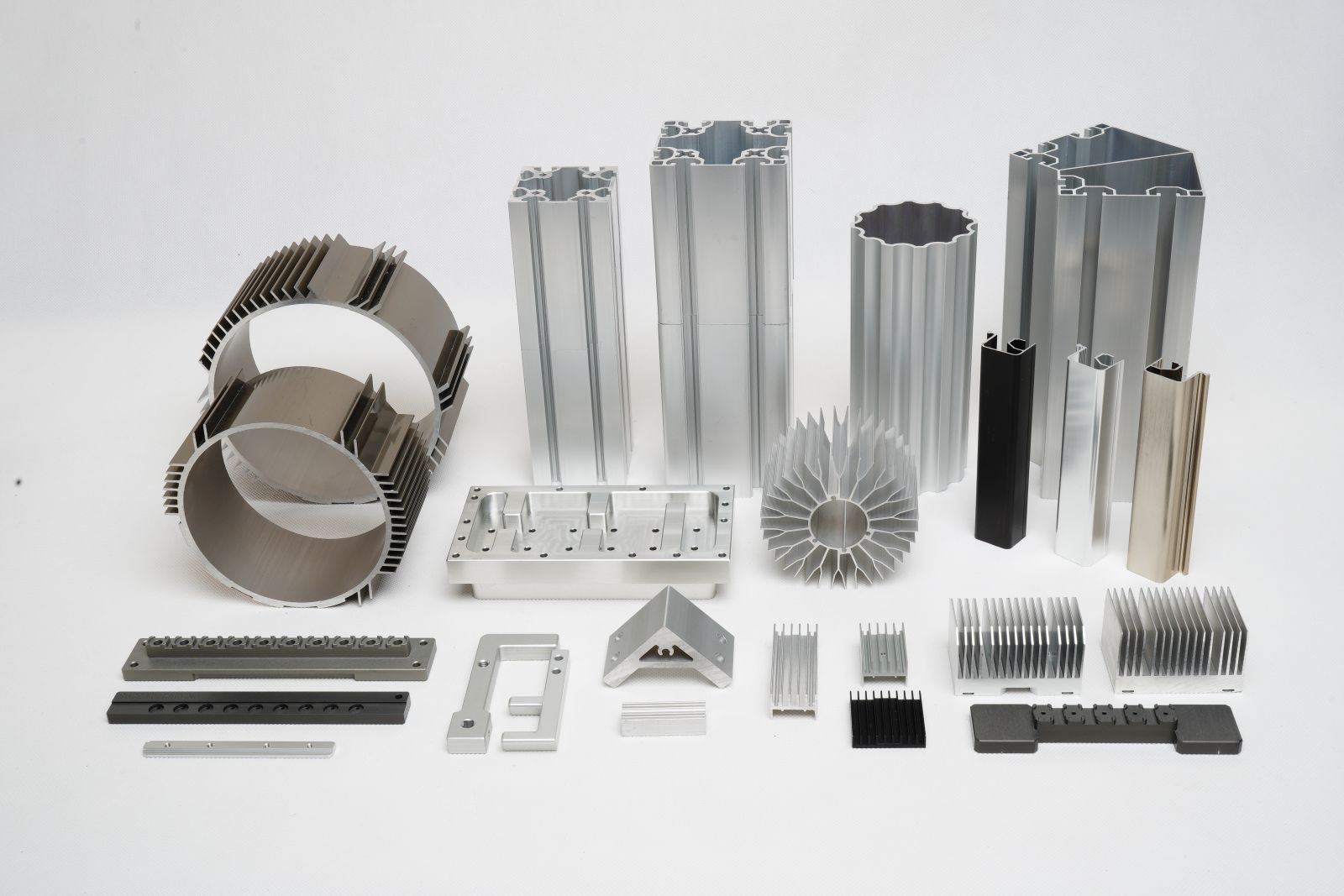
Try Prolean Now!
Standard Aluminum Extrusion Profiles

Standard shapes:
– Round bars
– Square bars
– Round tubes
– Square tubes
– L, U, T, C, J, and F configurations
Commonly used aluminum dimensions include:
– 2020 series (20 mm x 20 mm)
– 80/20 series (T-slot design)
– 2040 series (20 mm x 40 mm)
– 3030 series (30 mm x 30 mm)
How to Order Parts?
Get a free quote from a real engineer; once we receive your design, our engineer will review it and send you a quote as fast as one hour.

Get A Quote Immediately
Upload your design or email our engineer directly and get your quotes as fast as one hour.

Start Production
Your parts will be made once your orders are confirmed. Besides, you will get real-time order updates of the production status from our order tracking system.

Receive Your Part
After all parts pass QC inspection, they will be well packed from transportation accidents. Then, your custom parts are delivered straight to your doorstep.
Custom Aluminum Extrusion Profiles

On the other hand, if you’re exploring unique, non-standard aluminum profiles, consider Prolean. We’re adept at catering to low-volume orders, making us an ideal choice for prototypes and small-batch productions.
Beyond crafting unique aluminum profiles using bespoke dies, we seamlessly integrate extrusion with other techniques like CNC machining. This fusion allows us to deliver parts efficiently and cost-effectively, especially when most of the component maintains a consistent cross-section.
Material Options For Extrusion Services
 Aluminum
Aluminum
Aluminum extrusion leverages the metal’s lightweight and corrosion-resistant nature. When alloyed, aluminum’s versatility increases
Subtypes:
Aluminum (2020)
Aluminum (2024)
Aluminum (3030)
Aluminum (7000series)
 Nylon Extrusion
Nylon Extrusion
Nylon is renowned for its impressive strength-to-weight ratio, wear resistance, and self-lubricating properties, making it ideal for various applications.
Nylon extrusion capitalizes on these benefits, producing consistent and tailored results. Our expertise with nylon ensures we optimize the extrusion process for this unique polymer.
 Polypropylene Extrusion
Polypropylene Extrusion
“Polypropylene, known for its robust chemical resistance and elasticity, stands out in various applications.
At our facility, we specialize in extruding polypropylene, fine-tuning our methods to best match this material’s distinct properties.
To learn more about the specific polypropylene types we manage, contact us to get more inside information”

Leveraging our expertise, we excel in extruding polystyrene, tailoring our techniques to its particular characteristics.
For insights into the specific polystyrene grades we handle, please feel free to contact us.
 Stainless Steel CNC Machining
Stainless Steel CNC Machining
High mechanical strength, Thermal, Wear, and Corrosion resistance. Stainless steel is low-cost and can be machined easily. Parts made from Stainless steel are durable and do not lose that strength over time.
Subtypes: 301, 304, 316
Common Extrusion Applications
• Aerospace • Automotive • Trains • Ships
• Construction Industry • Medical Devices • Display Industry
• Heatsink • Electronics • Automation
Finishing Options For Extruded Parts
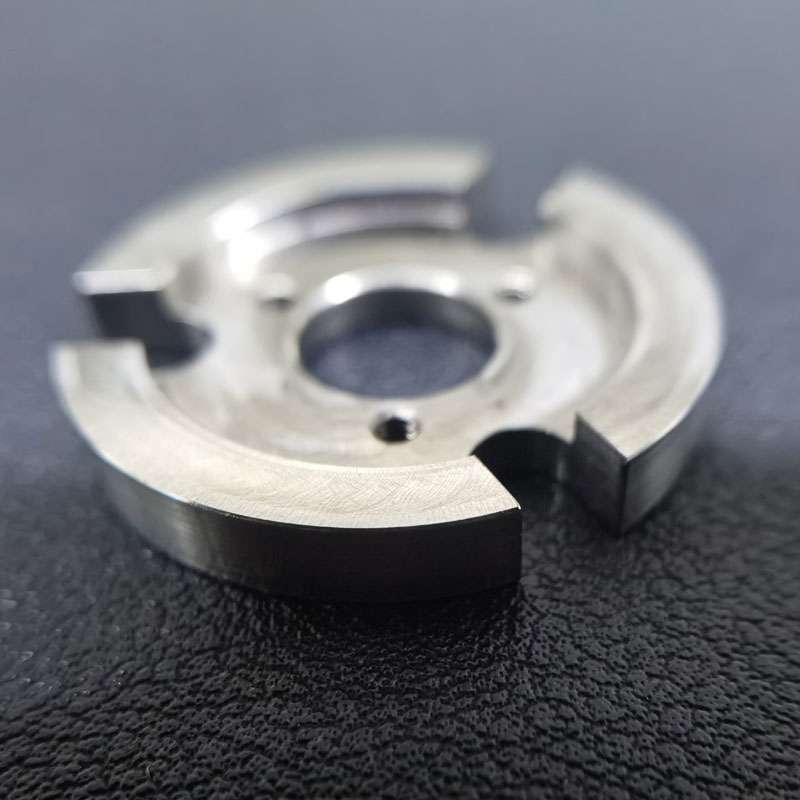
As the machined or deburring
The machined or deburring finish is the standard finish where unwanted attach chips are removed with deburring tools, and sharp edges are chamfered to smooth the surface (3.2 μm).
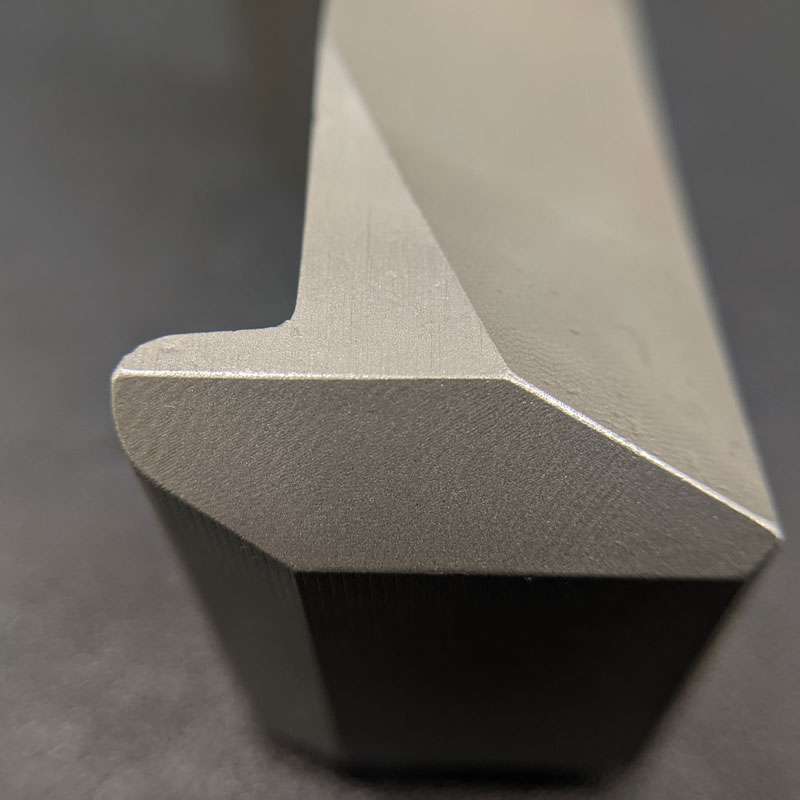
Bead Blasted
Bead blasting produces a matte texture, removing all the marks of machining tools. It applies to ABS, Aluminum, Brass, Stainless Steel, and Steel parts.
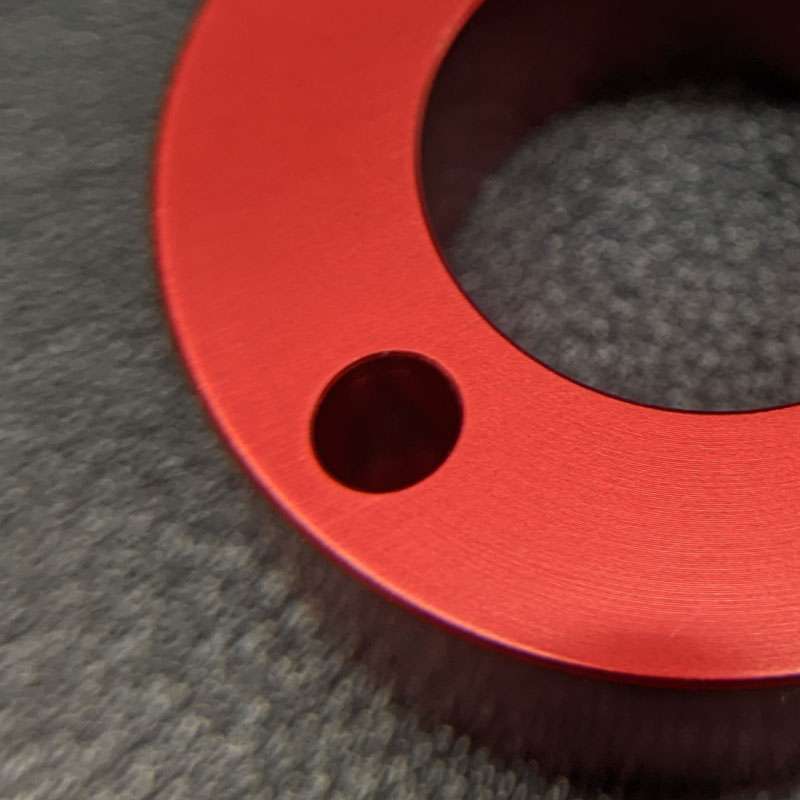
Anodizing
Anodizing involves adding an aluminum oxide coating to aluminum and its alloys. The layers, which come in various colors, increase strength and shield the surface from corrosion.
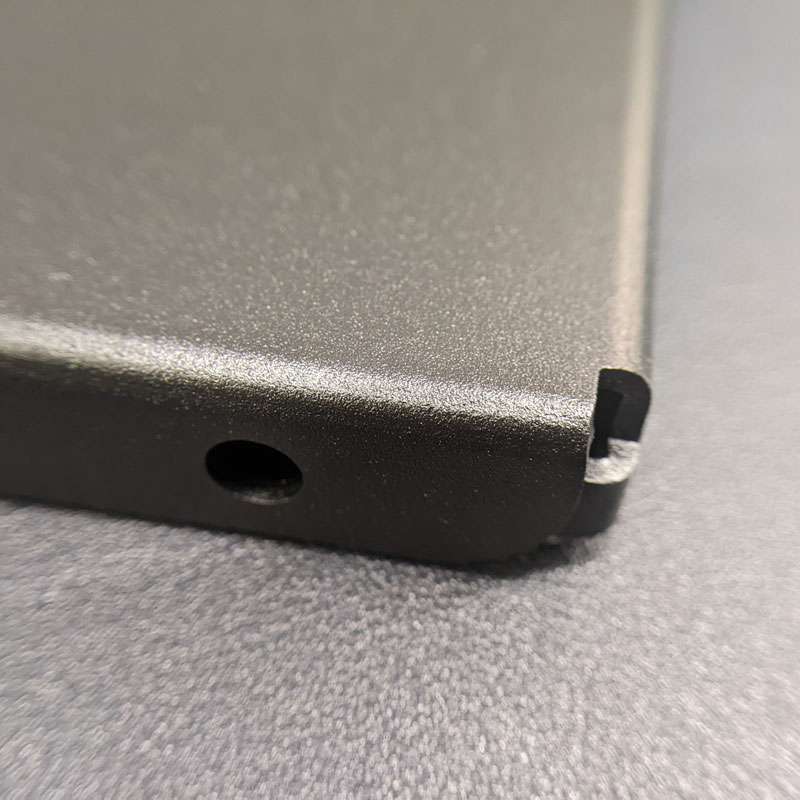
Powder coating
Powder coating is the electrostatically applying of dry powder to the surface. It produces a thin layer providing excellent resistance to wear, corrosion, and abrasion.
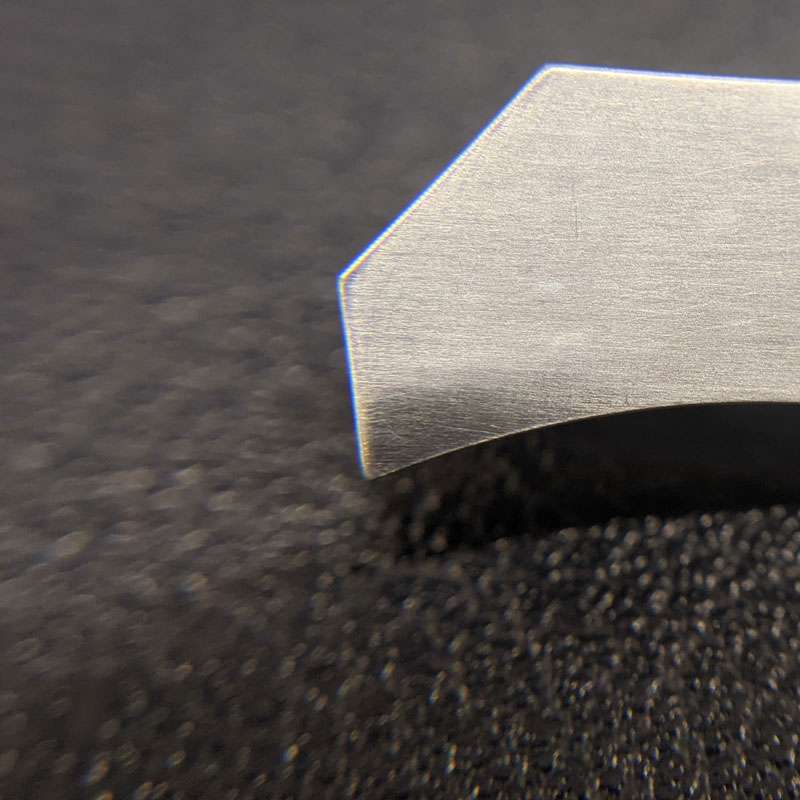
Polishing
Physical rubbing of a metal surface to create a shiny surface is called a polishing surface finish. It increases the reflectivity and does not affect the dimensional stability of parts.
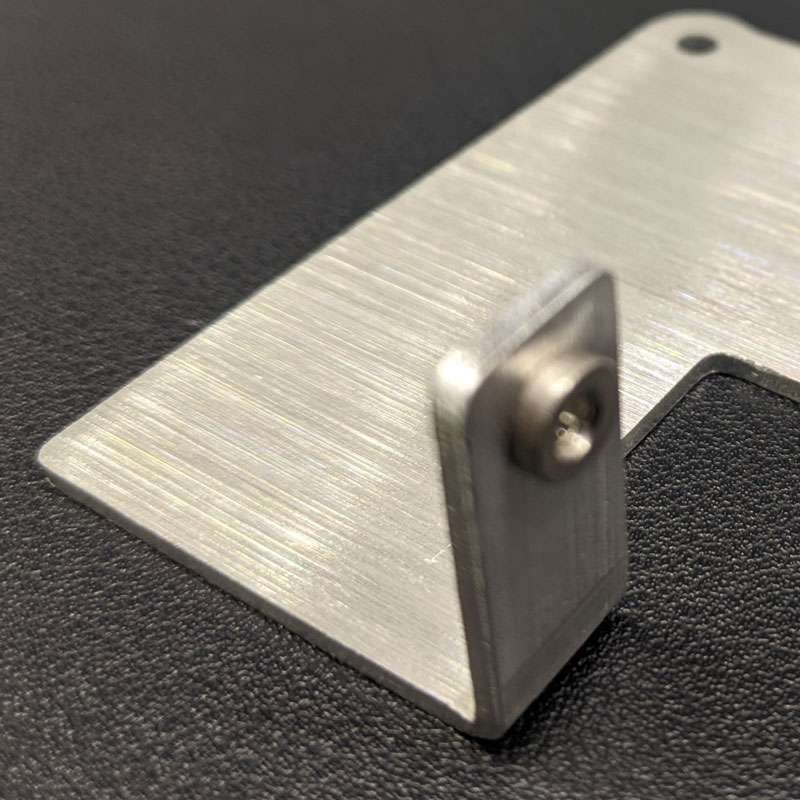
Brushing
Brushing is achieved by applying an abrasive brush to the metal surface, which produces a unidirectional satin finish. And it is not recommended for highly corrosive materials.
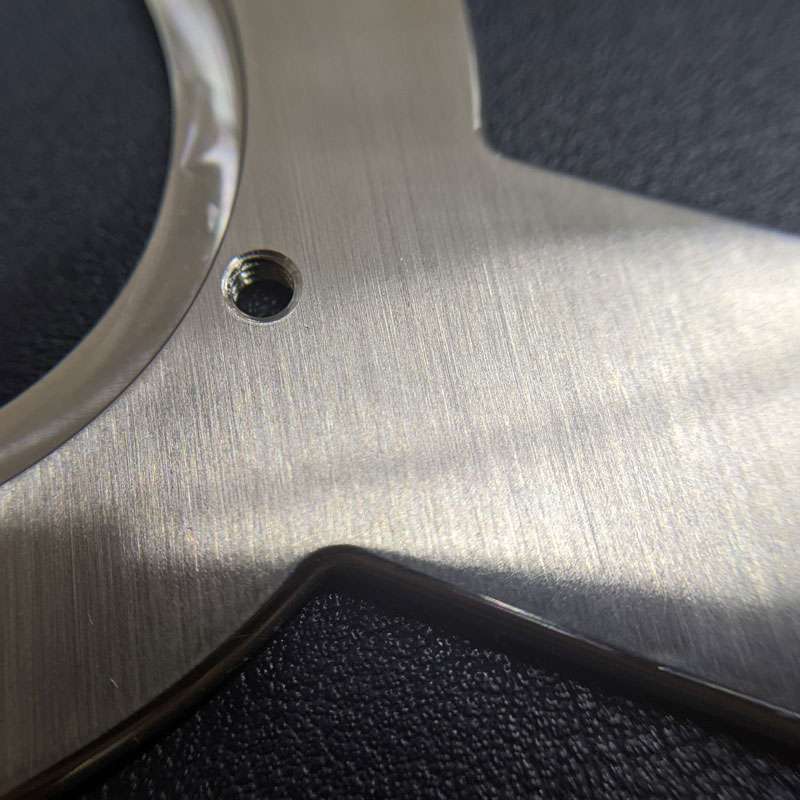
Smooth machining
Smooth machining is done by controlling the machining process, such as feed rate & cutting speed. It minimizes the tool marks and risk of corrosion.
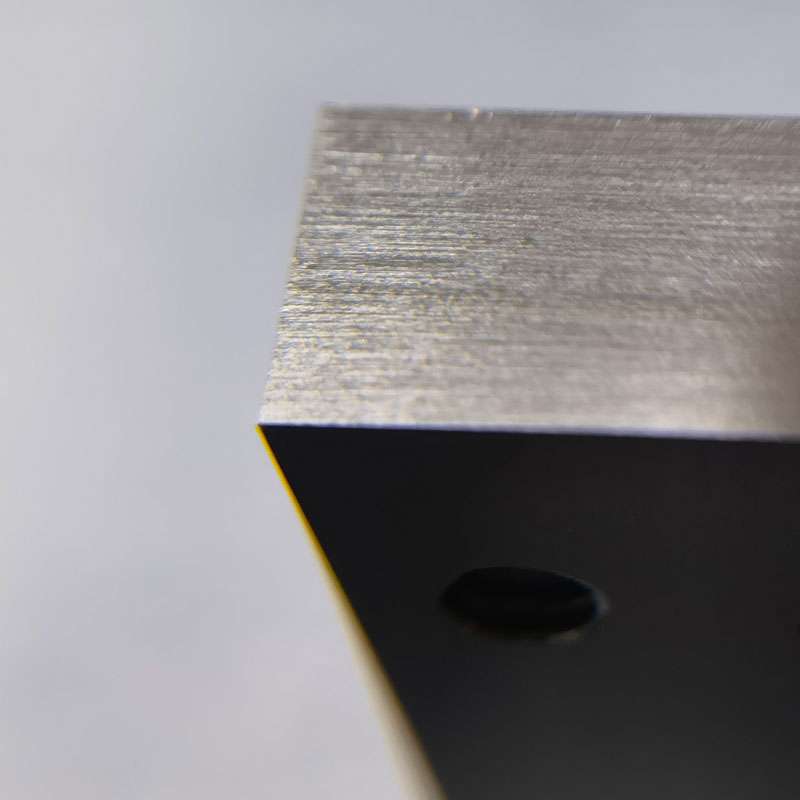
Black-Oxide
Black oxide finish reduces surface reflectivity and offers mild corrosion protection. It involves adding a thin layer of magnetite to the surface.
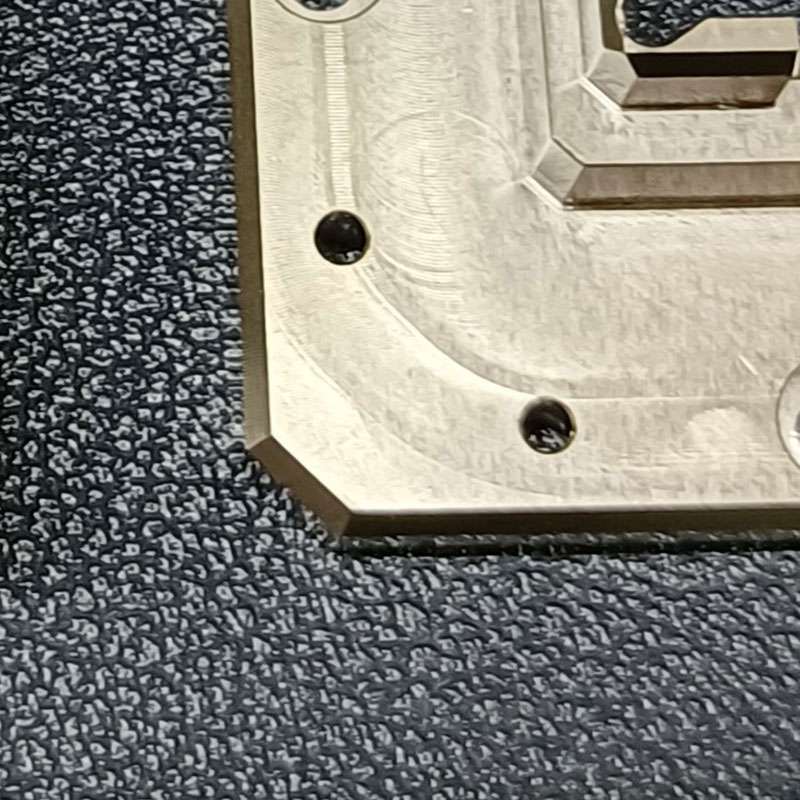
Electro-less Nickel Plating
A thin layer of Nickel is created on the surface from a nickel-containing solution without electrolysis. Electro-less nickel plating provides a shiny appearance, excellent hardness, abrasive, wear, and corrosion-resistance to the substrate material.
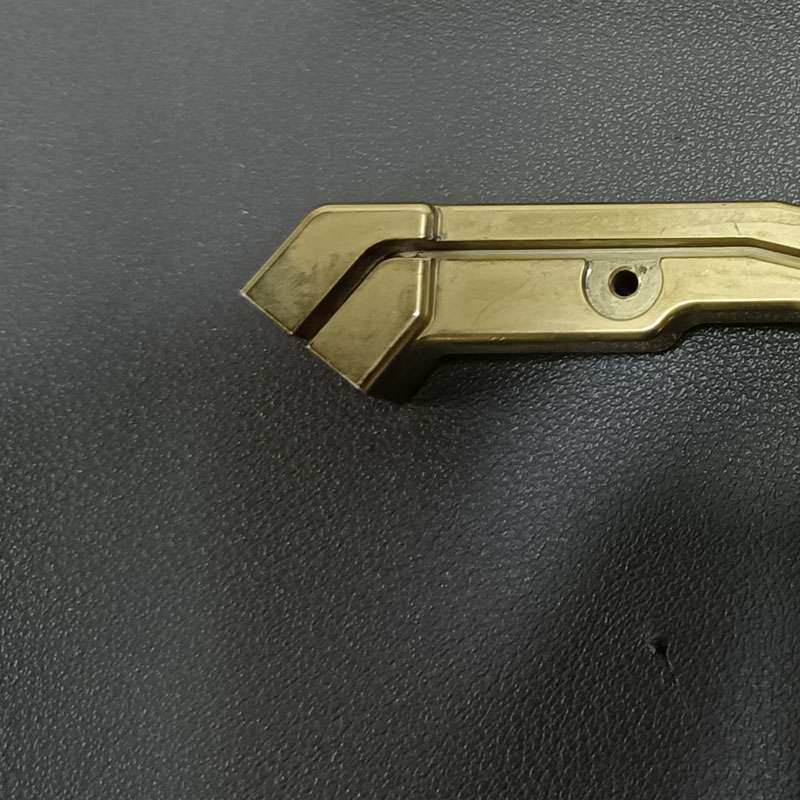
Alodine
Provides excellent corrosion resistance property to the aluminum parts with greenish-gold color. It is the low-cost and quick surface finishing approach.
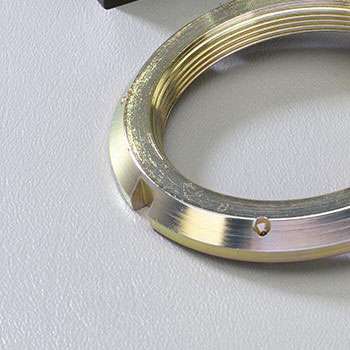
Electroplating
Electroplating increases the hardness of the steel &aluminum parts. It offers excellent corrosion, wears, and abrasion resistance.
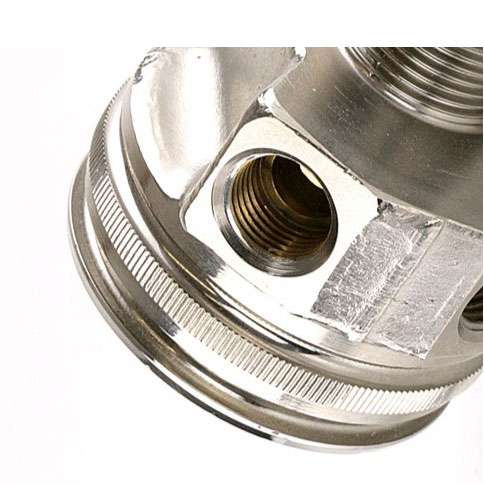
Nickel plating
Make the parts super resistive to corrosion. It enhances mechanical strength, hardness, wear resistance, lubricity, and ductility. Nickel plating is applicable in different materials, including Steel, aluminum, copper, and brass.
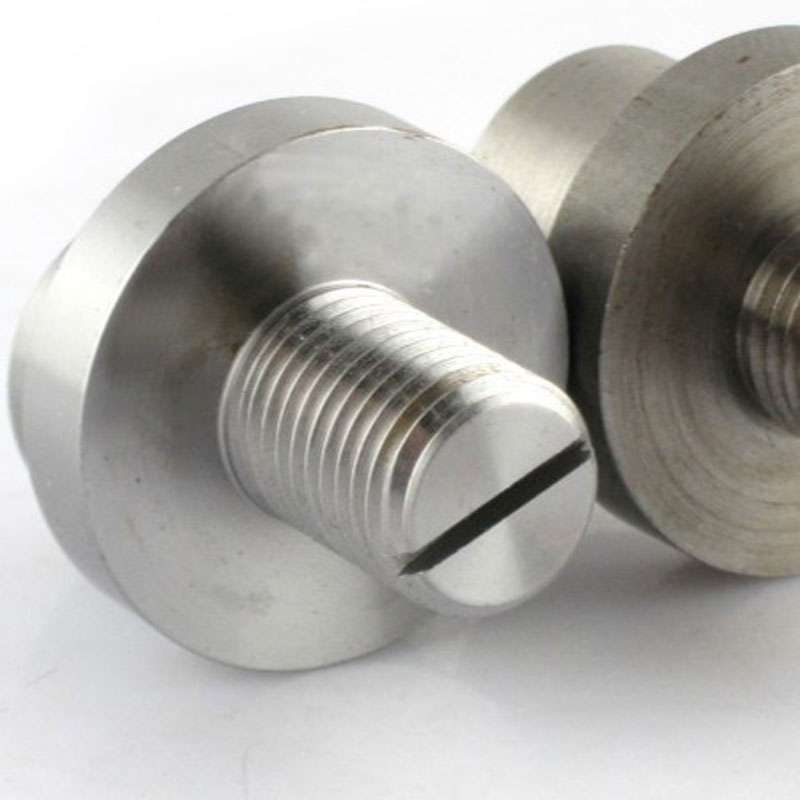
Passivation
Enhance the appearance and functionality of the parts. After Passivation, parts of Steel and its alloys become super resistive from corrosion.
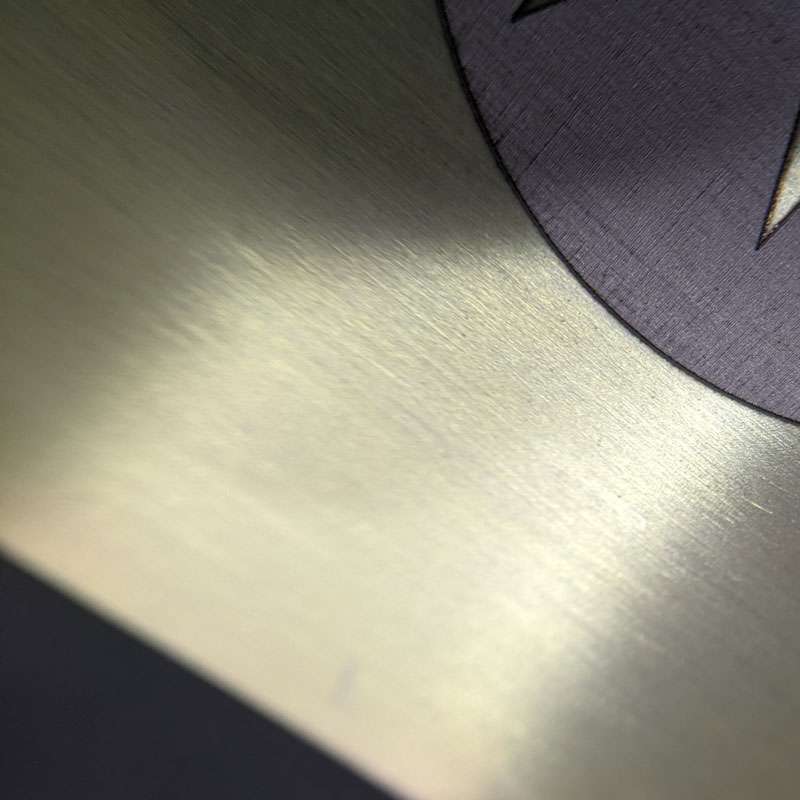
Yellow Chromate conversion coating
A shiny appearance with goldish color provides excellent corrosion resistance. It is applied on the surface of aluminum, magnesium, and their alloys. A layer of chromate also enhances the conductivity of parts
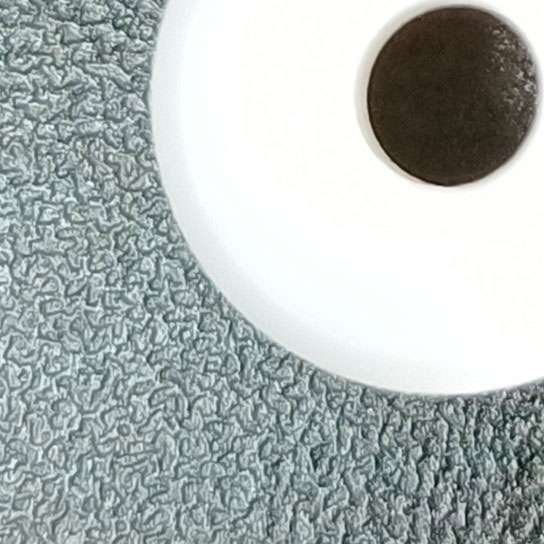
PTFE (Teflon) Coating
The Teflon layer on the parts offers excellent corrosion resistance, water resistance, and non-stickiness with a non-reactive surface.
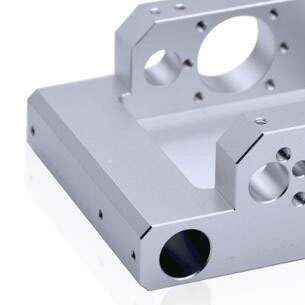
Fine machining
The higher-precision machines produce delicate machining surfaces by utilizing sharper tools and regulating feed rate and cutting speed. Surface roughness up to Ra 0.8 μm can be maintained with smooth machining.
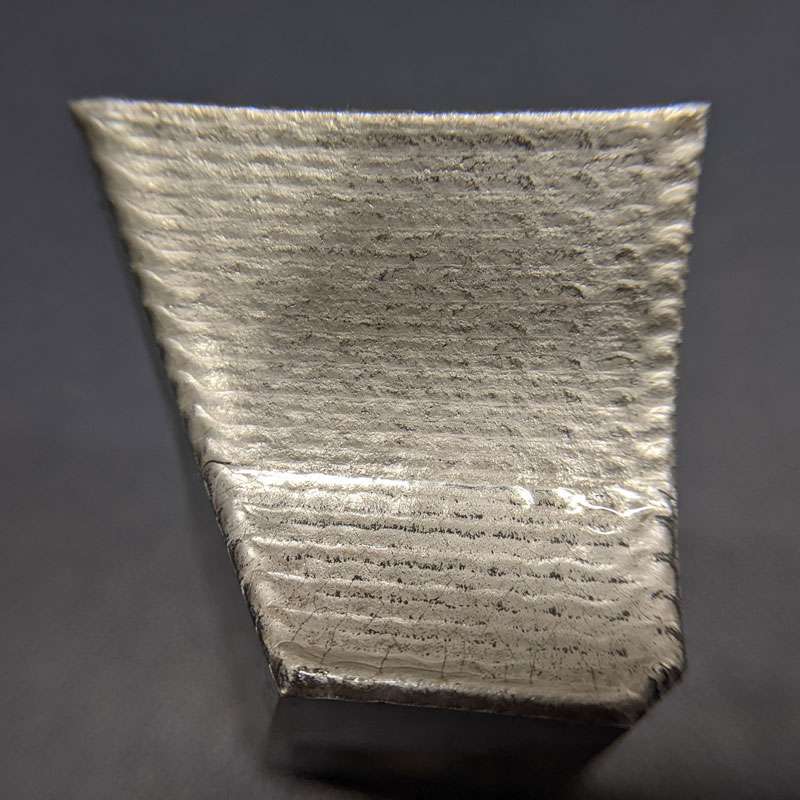
Laser Cladding
Provides excellent corrosion, wear, and abrasion resistance. Laser Cladding is also effective for treating minor surface imperfections such as cavities, tiny cracks, and rust damage.
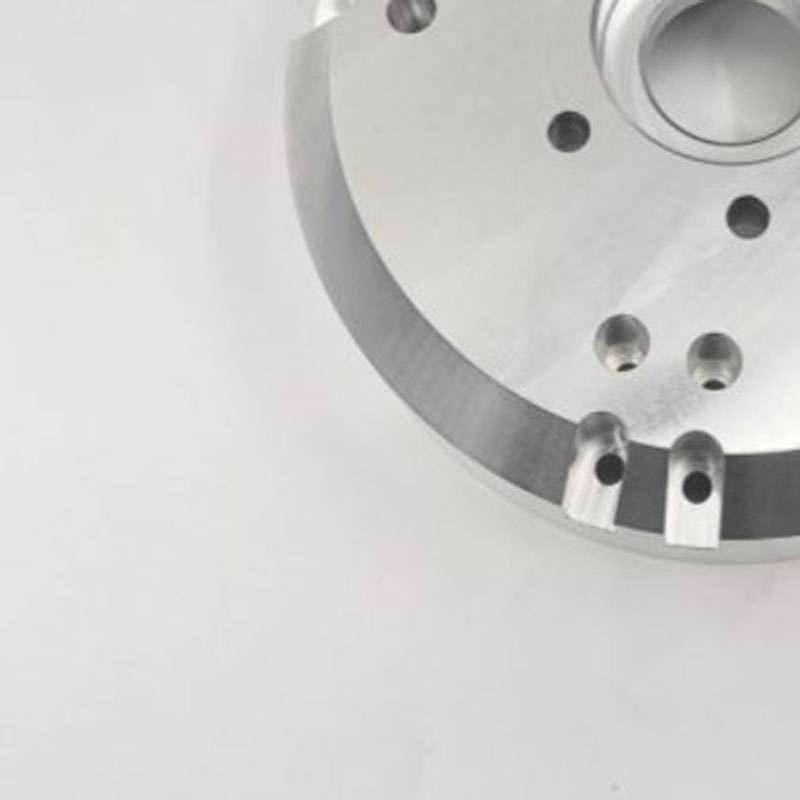
Sanding
Provides a random, non-linear texture with a shiny, high gloss finish. However, it might be unable to create sharp corners and pockets
3 Ways to Ensure Perfection
Standards
GENERAL TOLERANCE
For metals, the standard is ISO-2768 fH (fine)
For plastics, the standard is ISO-2768 mK (medium)
Metric threads tolerances:ISO 965-1 standard UN Threads Tolerances: ASME B1.1-2003 standard
knurling: ISO13444:2012 standard Our factory is ISO 9001:2015 certificated
Visual inspection and Protection
Constant visual inspection conditions
Quantification of cosmetic surface quality
Process requirements
Part cleaning and Protection
Quality Inspection Report
Inspection Confirmation
Dimensional confirmation
Appearance confirmation
Quality documentation
Technology Overview
What is Aluminum Extrusion?
Aluminum extrusion shapes aluminum by pushing it through a specific mold or die. This results in a long piece with a continuous and, at times, intricate cross-sectional design. Imagine the process of making different pasta shapes with dough: pressure pushes the dough through a mold, and its shape changes based on the mold used. However, aluminum isn’t as soft as dough, so high hydraulic pressure, and sometimes heat, is needed to shape it.
How Does Aluminum Extrusion Work?
Aluminum extrusion is executed using either hot or cold methods. Hot extrusion facilitates the molding of larger aluminum amounts quickly with less pressure. Cold extrusion, however, results in mechanically refined parts with an excellent surface finish and oxidation resistance.
Hot Extrusion Process:
- Aluminum billets are sized accordingly.
- These billets are heated between 300°C and 600°C, softening the metal without melting it.
- Hydraulic-powered ram pushes the heated billets into either a standard or custom die. This requires immense pressure, approximately 10,000,000 pounds.
- Post-extrusion, the shapes are cooled and then cut based on customer requirements. Additional heat treatment can be applied for further aluminum hardening.
Cold Extrusion Process:
- Aluminum billets are prepared and cleaned, ensuring no contaminants that might affect the process.
- Without pre-heating, billets are introduced to the die.
- A hydraulic-powered ram exerts high pressure to push the billets through the die, achieving the desired shapes. This method relies on the aluminum’s ductility at room temperature.
- As no heat is applied, the resulting extrusions have a fine grain structure, increased mechanical properties, and a smooth surface finish.
- Extruded parts are then cut to specific lengths as per customer requirements and may undergo further treatments or finishing processes if necessary.
See why customers dig us
I found ProleanTech to be a very professional and precise aluminum extrusion facility. If anyone would like to work with them, I am sure you will get a very good sense of customer service!
-Angela Peterson, DieCast Dynamics
Our businesss working with ProleanTech Aluminum Extrustion Facility to manufacture T-slot pofiles for a long time. We are fully confident that whatever custom design we sent, thy can produce convert them.
-Eric Walker, ProtoParts Manufacturing
Our startup purchased the extrusion-made aluminum profile from ProleTech, China. All parts are within my specific requirements. Thank you, I appreciates this personal level of service.
-Karen Collins, Quality Assurance Manager at EliteProto Solutions
No doubt, I choose the best aluminum extrusion manufacturer for my project. The engineers and operation team continuously helped me to finalize my designs before production.
-Robert Lewis, Mechanical Design Lead at ProForm Industries
This aluminum extruded profile factory is exceptionally professional. I can procure all the necessary aluminum profiles in one go. Thanks for efficient service and excellent product quality.
-Laura Bennett, Senior Process Engineer
FAQ
General FAQ:
What is aluminum extrusion?
Aluminum extrusion is a process used to transform aluminum alloy into objects with a definitive cross-sectional profile for a wide range of uses.
Why choose aluminum for extrusion?
Aluminum is lightweight, strong, and corrosion-resistant, making it an ideal choice for various applications.
How long does the aluminum extrusion process typically take?
The duration depends on the complexity and volume of the project, but standard extrusions generally have shorter lead times than custom designs.
Is there a minimum order quantity for aluminum extrusion?
This varies based on the service provider. Some cater to smaller, bespoke projects, while others might have a minimum order requirement for cost-effectiveness.
Technical FAQ:
How do hot and cold extrusion differ?
Hot extrusion involves heating the aluminum before forcing it through a die, making it easier to shape. Cold extrusion pushes the aluminum through the die at room temperature, resulting in a finer grain structure and increased mechanical properties.
What alloys are best for aluminum extrusion?
Commonly used alloys include 6061, 6063, and 7075, but the best alloy depends on the specific application and performance requirements.
Can the extrusion profiles be post-processed?
Yes, extruded profiles can undergo various post-processing methods like anodizing, painting, or CNC machining to meet specific requirements.
What tolerances can be achieved with aluminum extrusion?
Tolerances vary based on the design and complexity of the extrusion. However, with precision tooling and techniques, tight tolerances can be consistently achieved.
Get Your Parts Made Today
All uploads are secure and confidential.


 Aluminum
Aluminum Nylon Extrusion
Nylon Extrusion Polypropylene Extrusion
Polypropylene Extrusion Stainless Steel CNC Machining
Stainless Steel CNC Machining